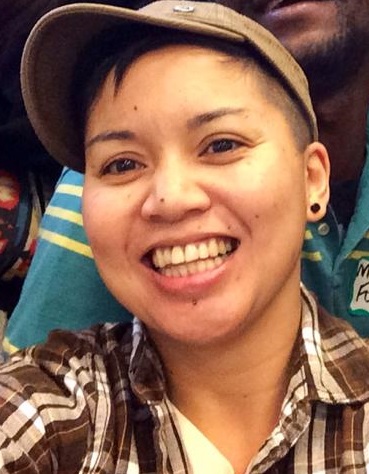Pre-colonial PHL history can be both educational and ‘enjoyable’

By Maricar CP Hampton
As an enthusiast of anime, comics, Filipino oral traditions and folklore, an idea came to Arthur Soriano. Why not make Philippine history educational and also entertaining by using comic books?
The idea preoccupied his imagination until several years later when he had acquired the finances, the time, and the right team to bring it to life. Maharlikan Chronicles hit the shelves during the pandemic when many have stayed home all curled up and reading a book – or a comic book. It has published an issue containing 32 pages; a second issue is in progress. Already, maharlikanchronicles.com is retailing T-shirts and stickers centered around mythical characters like Urduja, the legendary princess who ruled over an ancient kingdom believed to be in Pangasinan province. Arthur’s family hails from the agricultural town of Malasiqui.
“I have always liked comic books, I thought a comic book would be a better medium to share Filipino history than a book,” said Arthur, a businessman from the Greater Austin, Texas area and a history nerd. He is the creator of Maharlikan Chronicles comic books which provides a glimpse into pre-colonial Philippine history.
“To a young person, comics is entertainment while a textbook is equated to schoolwork,” he told The FilAm.
Maharlikan Chronicles is not historical fiction. It is fact-based but presented like a heart-pounding adventure with heroes and scoundrels and lessons on goodness and evil.

Here’s an excerpt:
“According to Igorot mythology, there was once a beautiful girl who had two troublesome brothers named Wigan and Ihik. She had many suitors, but her selfish brothers convinced her to refuse them all which made her very sad. After some time she found out that her brothers had lied about all the suitors she had refused. Kabunian, the chief god, saw from up in the sky what was going on and decided he would test the young woman’s heart…”
Here’s another:
“Near Davao on the Eastern and Southern slopes of Mount Apo you will find the ancestral domain of the Bagobo who are said to be part of the tribe that brought Hinduism to Mindanao. Their name broken down means ‘bago’ (new) and ‘obo’ (growth) which means new growth or new people. I first learned of this tribe in Sawyer’s 1900 Book ‘Inhabitants of the Philippines’ and they caught my interests because the book stated that the men, women, and children all ride and breed small horses…”
Arthur believes history need not be boring and can be an “enjoyable” topic for discussion given the right vehicle by which it is communicated. While Maharlikan Chronicles is geared toward young adults, he believes it will appeal to people of all ages “from 6 to 100.”
“(I believe) the knowledge should be known by Filipinos of all ages and the images help tell a better story,” he said.

His team of illustrators is led by Faye Villanueva and Kawangis Komiks who are based in the Philippines. His storytellers are scholarly academics whose works are footnoted throughout the pages.
“My focus is pre-colonial Philippine history, so all of the modern wars – such as the Japanese occupation, the Bataan March, and the U.S.-Philippine wars — are not in my books,” he said.
Maharlikan Chronicles is currently distributed in the Philippines and sells for P30 a copy through Lazada. The National Book Development Board of the Philippines, which is attached to the Department of Education, is offering them at a discount because the board believes in promoting the culture of reading among young Filipinos. They are also available through the website maharlikanchronicles.com in the U.S. and through Ebay internationally.
“My children and other young people I know love it,” he added. “When I show up for book signings, it’s sold better than I expected.”
His idea is not to replace textbooks with comics, but to supplement children’s understanding of the Philippines’ past by capturing their imagination. His team is currently at work on pre-colonial Visayan history.
“I believe that our pre-colonial history hasn’t been in the spotlight and we need to tell our story our way in a more visible medium,” he said.
Arthur said he would like to see his comics books enjoy phenomenal success so that he can provide employment to illustrators, writers, artists and more in the Philippines. “That is my primary goal.”
His advice to aspiring comic book writers?
“Just do it, but make sure you get a mentor who has done it before.”


© The FilAm 2021











